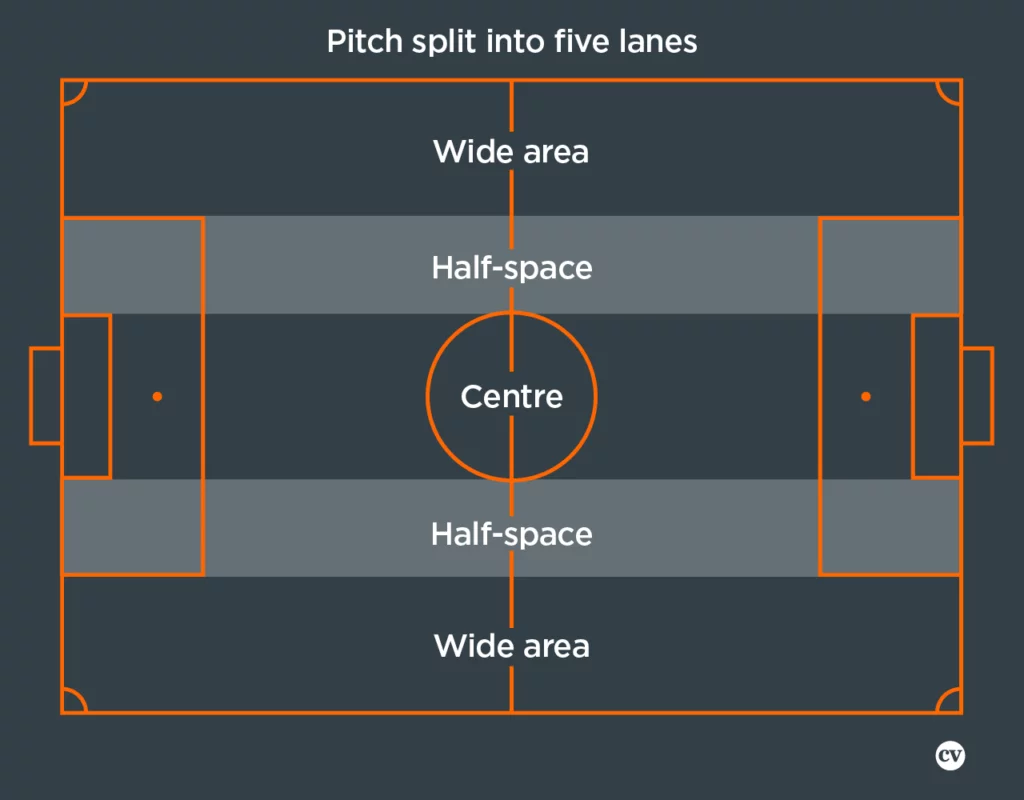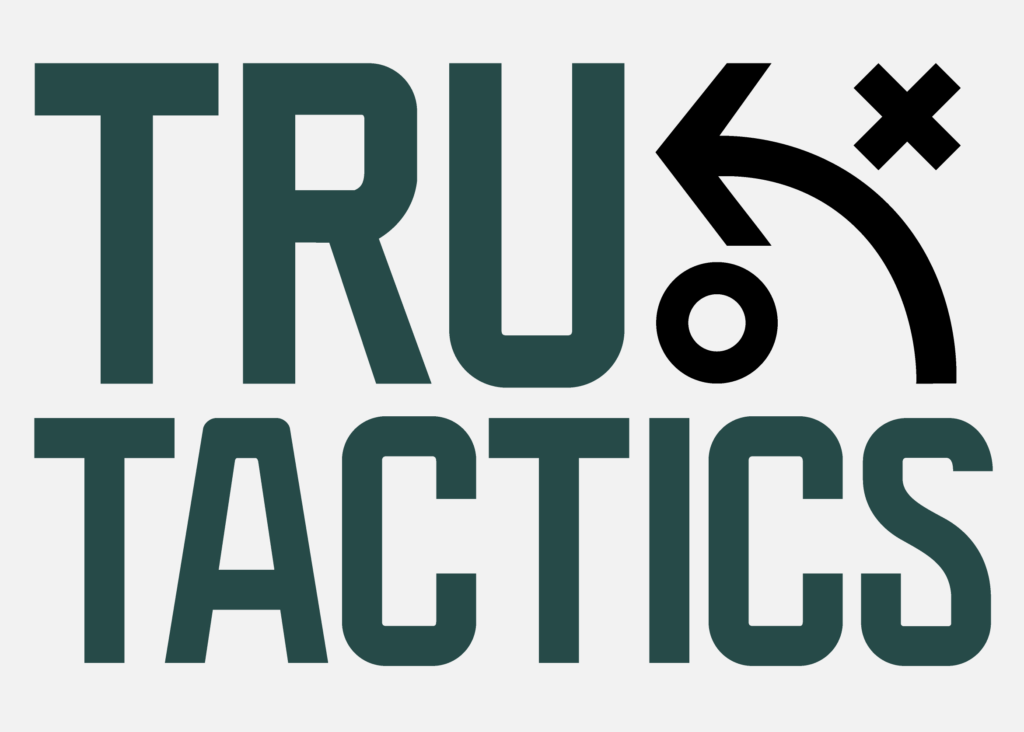Before delving into team and player analysis, we will cover some of football’s most commonly used terms. In recent years, data collection and analysis have become increasingly important in the football world.
Although it still lags behind other sports, such as the NFL, the NBA, and AFL (Aussie Rules), the gap is closing as teams across the globe continue to hire individuals with data analytics skills to gain an edge over their opponents in all areas within their football department.
For those who work in football, these terms will be second nature and used in everyday communications. However, this guide will be a helpful starting point for those looking to learn some of the terms used in the professional game.
Data Terminology
These are some terms frequently used when analysing data on players and teams, using products such as Statsbomb, Wyscout, Skillcorner, etc.
Expected Goals (xG) – This measures the quality of a chance by calculating the likelihood that it will be scored by using information on similar shots in the past.
Expected Assists (xA) – This is used to measure the quality of the pass, that ends in a shot. It measures the danger created by a pass that ends up in a shot, assigning it a probability related to the chances of scoring a goal.
Goal Conversion % – This is achieved by dividing the number of goals by the number of shots. Then, you can multiply by 100 to get the percentage conversion rate. This can be done for all shots or, if assessing quality, shots on target/goals.
PAdj Interceptions – PAdj stands for ‘possession adjusted’, meaning that a side’s pure possession time is taken into account to determine a player’s average interceptions per 90.
PPDA – How many passes does a team allow the opponent before making a defensive action (tackle, interception, foul). This metric is an indicator of pressing intensity; this metric is defined in attacking areas, i.e. 40% of the length of the pitch away from a team’s own goal and forwards.
Deep Progressions – Passes and dribbles/carries into the opposition’s final third.
Progressive Passes – A pass is considered progressive if the distance between the starting point and the next touch is:
- At least 30 meters closer to the opponent’s goal if the starting and finishing points are within a team’s own half.
- At least 15 meters closer to the opponent’s goal if the starting and finishing points are in different halves.
- At least 10 meters closer to the opponent’s goal if the starting and finishing points are in the opponent’s half.
Pressure Regains – Times a player’s team won the ball back within 5 seconds of the player pressuring an opponent.
Tactical Terminology
Here are some terms used frequently when discussing and analysing games or players from a tactical perspective.

Defensive Third – The defensive third is known as the first third, extending from the goal your team is defending until 40 yards up the field.
Middle Third – The middle third is bisected by the halfway line and extends 20 yards on either side of midfield.
Attacking Third – Also known as final third, the attacking third starts at the end of the middle third and goes until the opposition’s goal.
Defensive Transition – The moment after a team loses the ball when they are switching to their defensive shape.
Attacking Transition – The moment after a team regains the ball, when they are switching to their attacking shape.
Turnover – When the ball goes from one team to the other during open play.
- Example of a single pivot
Block – Generally used in Low/Mid/High, as described below. - A Low Block is an out-of-possession strategy through which a team focuses on protecting the defensive third of the pitch.
- A Mid Block defensive strategy that is in between the low block – which is close to goal – and the high block, with which teams push up and leave lots of space in behind.
• A High Block engages the ball much further forward than a low or mid-block, with the back line considerably higher up the pitch to push the rest of the team further forward.
Between the lines – A term used to describe the space between the line of forwards and midfielders, or between the midfielders and defenders.
Pivot – A single pivot is a central midfielder with an emphasis on defensive play and building possession. A double pivot, as the name suggests, adds a second player in that zone. Their main focus is to provide additional defensive support to their defending unit and get into possession to help progress the ball forward.

Block – Generally used in Low/Mid/High, as described below.
A Low Block is an out-of-possession strategy through which a team focuses on protecting the defensive third of the pitch.
A Mid Block defensive strategy that is in between the low block – which is close to goal – and the high block, with which teams push up and leave lots of space in behind.
A High Block engages the ball much further forward than a low or mid-block, with the back line considerably higher up the pitch to push the rest of the team further forward.
I hope this has been a helpful insight. Please keep an eye out for our blog post next week.




